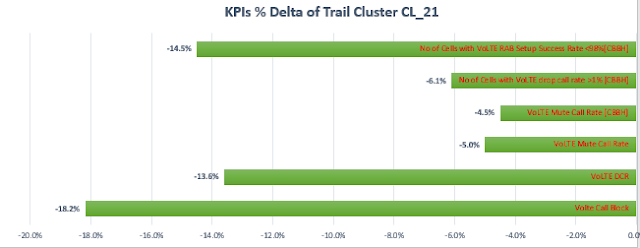LTE Vs NR[EN-DC] Coverage and throughput observation with 8x8 ,32x32 & 64x64 Scenario

Hello readers there are multiple questions about 5G/NR future in india as trials are only carried out by all major 3 operators with help of Major 3 OEMs Ericsson , Nokia & Samsung with restriction of 30 eNB per scenario[Urban , Rural , Semi Urban] in a PLMN Below is some basics of measurement difference Jio is doing trails with indegenious system so they have adavantage of doing trials on 300 eNB per scenario in PLMN as per letter of Ministry of communication and they are doing trials . So one question is genuine that which 5G/NR options will be adopted by all 3 operators of india and answer is very simple and its Option3x . As still out of 3 , 2 operators are not willing to loose 2G customer and hence there is no way of thinking of loosing 4G customer by deploying Option2 is 5G/NR SA with additional massive investment . I will not go into details but overview is that Option3x is future of 5G/NR in india Option3x has advantage that with same Core, operators will be able to








